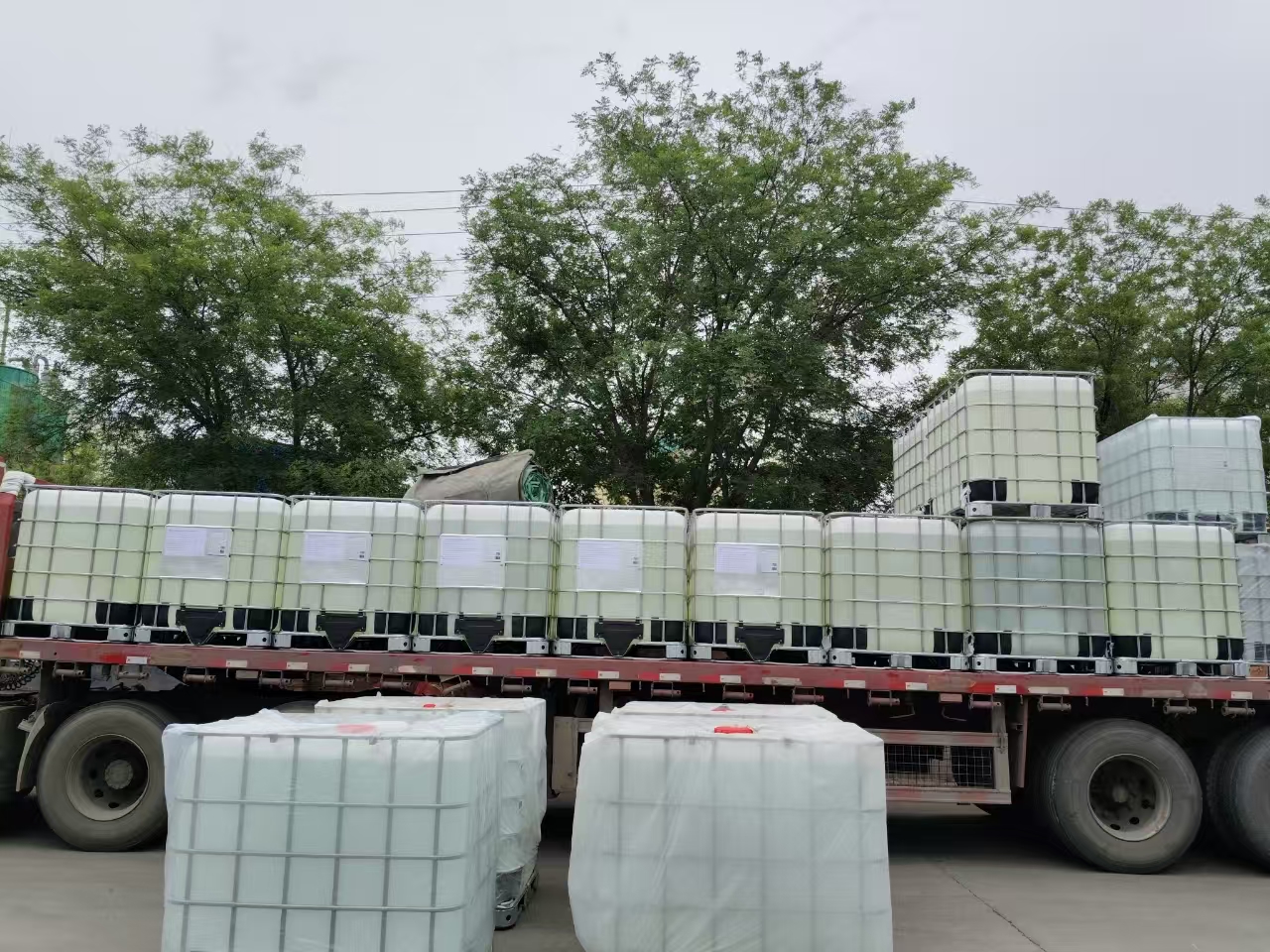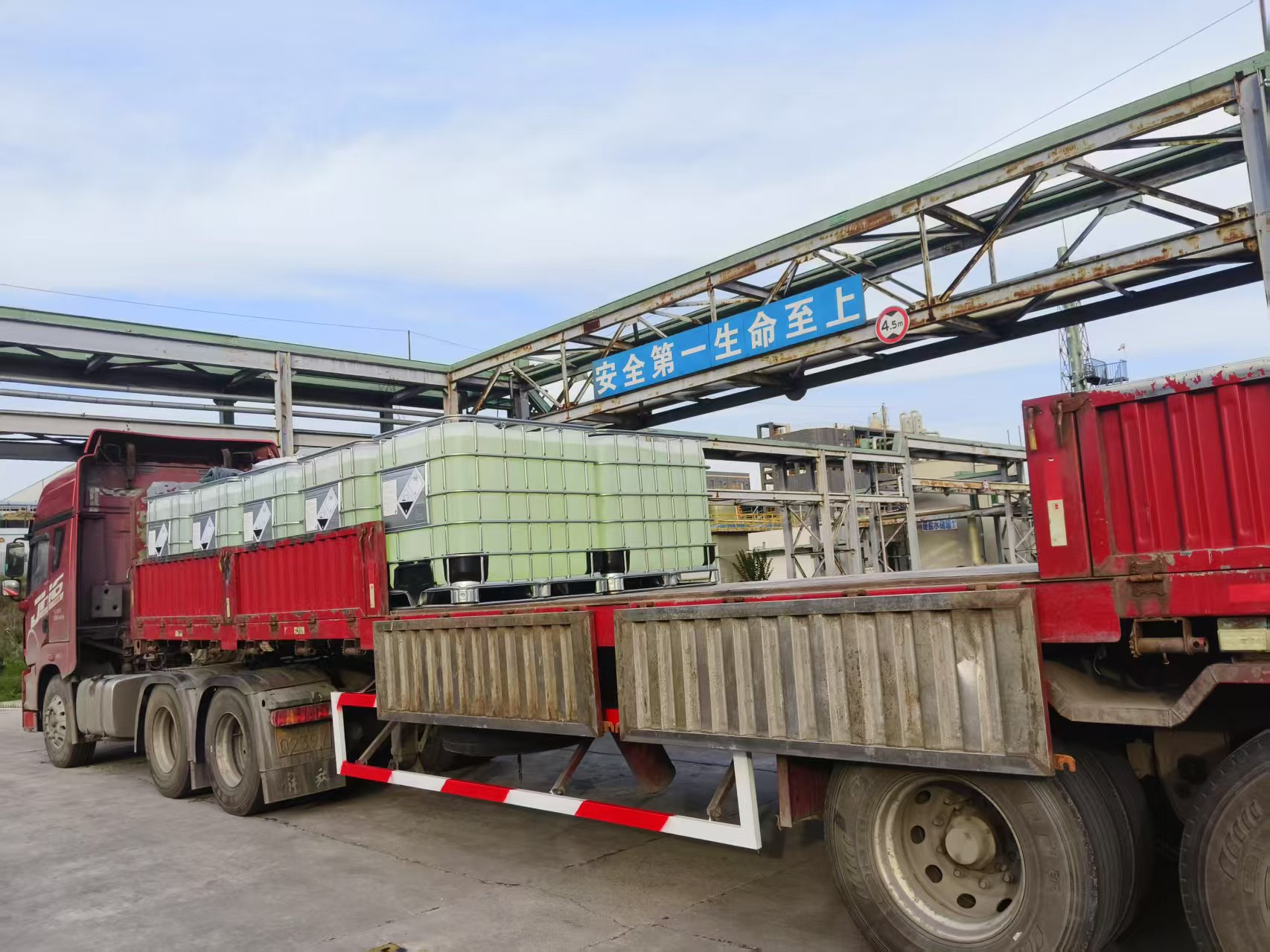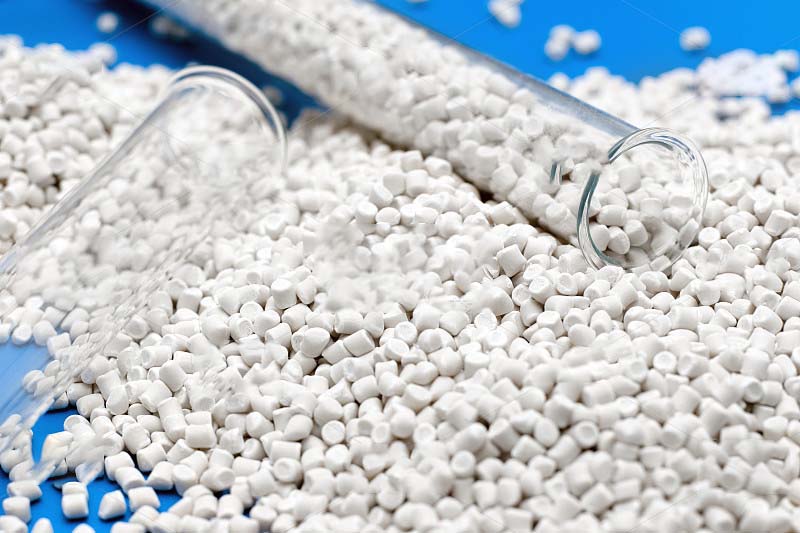The role of mercaptopropionic acid in water reducing agents
Mercaptopropionic acid is an important organic compound that often plays a key role in water reducing agents. In this paper, we will discuss the function of mercaptopropionic
acid in water reducing agents, the conditions under which it crystallizes, and the mechanism of how to prevent crystallization.
1. Functions of mercaptopropionic acid in water reducing agents
Thioglycolic acid usually acts as a chelating agent or inhibitor in water reducing agents:
Chelating metal ions: The sulfhydryl functional group in mercaptopropionic acid has a strong affinity for complexing metal ions. In concrete, metal ions in cement, especially iron ions,
may cause premature onset of setting, thus affecting the fluidity of concrete. By adding mercaptopropionic acid, metal ions can be chelated, preventing their effect on the cement
and maintaining the flowability of the concrete.
Controls the morphology of cement particles: Mercaptopropionic acid also regulates the morphology of cement particles to make them more evenly dispersed. This helps to
improve the stability and fluidity of the concrete, making it easier to handle during construction.
Improvement of water reducing effect: By controlling the hydration reaction of cement, mercaptopropionic acid can effectively improve the water reducing effect, so that the
concrete has better fluidity and workability.
2. Conditions for the crystallization of mercaptopropionic acid
Although mercaptopropionic acid plays an important role in water reducing agents, it may crystallize under certain conditions. The main conditions under which
mercaptopropionic acid crystallizes include:
Low Temperatures: Crystallization of mercaptopropionic acid is more likely to occur at low temperatures, air temperatures up to 16.8°C. This may occur during cooling or storage.
High Concentration: Excessive concentration of mercaptopropionic acid is also a cause of crystallization. When the concentration of mercaptopropionic acid exceeds its saturation
level, the risk of crystallization increases.
Moisture: Excess moisture can also cause mercaptopropionic acid to crystallize. In an environment with high humidity, mercaptopropionic acid combines with water molecules to
form crystals.
3. Mechanisms to prevent crystallization of mercaptopropionic acid
In order to prevent the crystallization of mercaptopropionic acid in water reducing agents, the following measures can be taken:
Temperature control: Temperature control is the key to prevent the crystallization of mercaptopropionic acid during production and storage. Ensure that the ambient temperature is
moderate and avoid conditions where the temperature is too low.
Dilute the concentration: Diluting the concentration of mercaptopropionic acid can reduce the risk of crystallization. Ensure that the concentration of mercaptopropionic acid is
within safe limits by adjusting the formulation.
Moisture Handling: In storage and transportation, take measures against moisture to avoid the effects of humidity on mercaptopropionic acid and to reduce the likelihood
of crystallization.
In general, mercaptopropionic acid plays an important function in water reducing agents, but the problem of crystallization needs attention. By reasonably controlling the
temperature, dilution concentration and adopting moisture-proof treatment and other measures, the crystallization of mercaptopropionic acid can be effectively prevented to
ensure the stability and performance of water reducing agents.
 3-Mercaptopropionic Acid (MPA)
3-Mercaptopropionic Acid (MPA)
 3-Mercaptopropionic Acid (3-MP
3-Mercaptopropionic Acid (3-MP
 The role of mercaptopropionic
The role of mercaptopropionic


